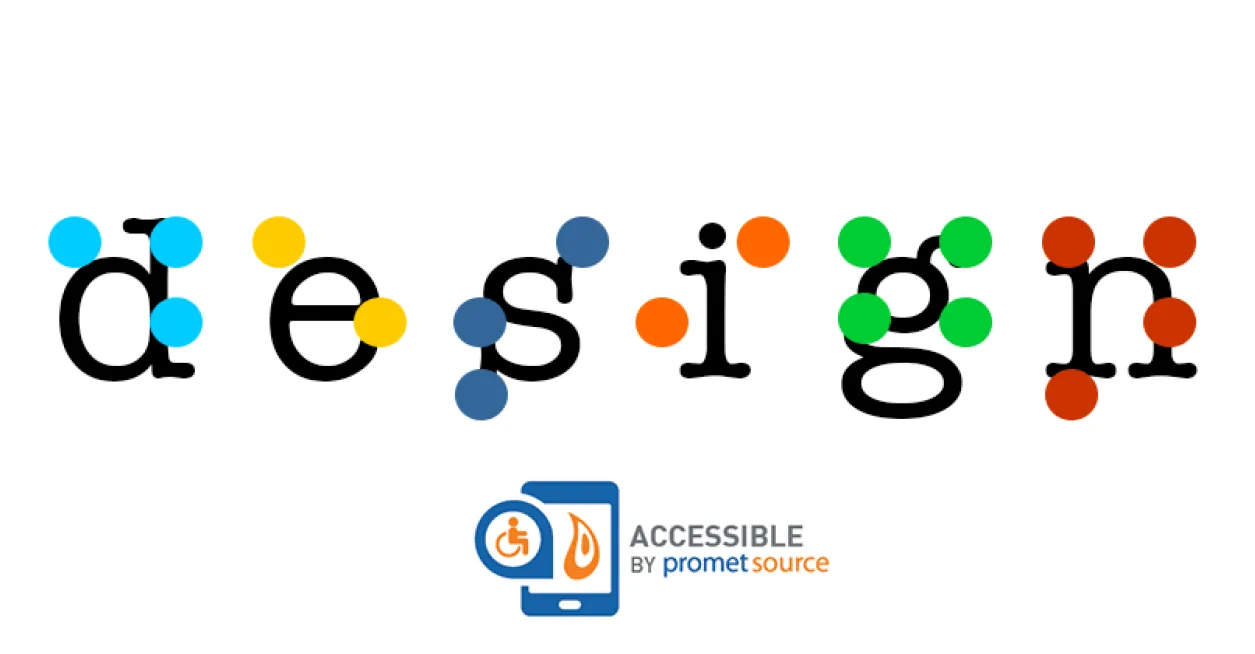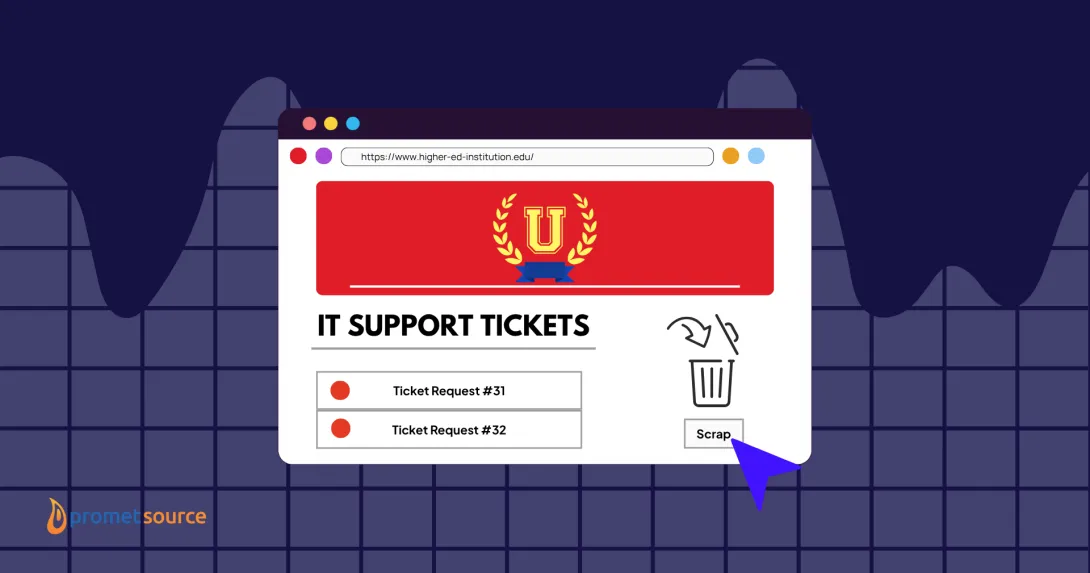Can Great Design and Accessibility Co-exist?

Just because a website is required to follow WCAG 2.1 accessibility guidelines doesn’t mean it can’t have a great design. Sometimes this misconception can frustrate designers before they even begin to understand the accessibility guidelines and the reasons they exist.
Get our 12 Point Design Checklist for Accessibility
Great design that is accessible can actually ensure a better user experience and result in an expanded customer base, a better brand image, superior SEO rankings, and reduce the risk of an ADA lawsuit.
At Promet Source, our designers are guided by the following quote.
“The enemy of art is the absence of limitations.” - Orson Wells
Too often the WCAG guidelines are viewed as design limitations, but it is within limitations that creativity can best thrive.
We are not designing within a vacuum or to impress ourselves and other designers. We practice human-centered design for people who have distinct objectives, and often they have limitations that include physical and cognitive disabilities. It is our responsibility as designers to build an inclusive experience for everyone. Accessibility compliance is not just the right thing to do, or an ADA Section 508 legal mandate, it’s good business.
Consider: There are 7 million people in the United States with a visual disability.1 One in four U.S. adults is living with a disability,2 and the total disposable income for U.S. adults with disabilities is estimated at $490 billion, with $21 billion in discretionary income.3 The web is where many connect and conduct business, and if people with disabilities can’t access the websites we are creating, we are all at a disadvantage.
In other words:
When UX doesn’t consider ALL users, shouldn’t it be known as 'SOME User Experience' or… SUX? - Billy Gregory, Senior Accessibility Engineer
How do we ensure that online experiences are inclusive? ADA Section 508 provides the mandate for accessibility and WCAG 2.1 provides the guidelines. But while WCAG 2.1 AA guidelines are an essential framework, creating a truly accessible and user-friendly site involves more than checking off boxes.
To create true usability, human-centered design and usability testing incorporate the essential component of empathy to ensure that the humans, for whom the site is designed, can successfully engage and complete the tasks they set out to accomplish.
Get our 9 Point Site Heuristics Checklist
To date, usability testing and research has tended to overlook the needs of people with disabilities. A true commitment to accessibility requires upfront user testing, the assurance that developers are deploying accessible code, collaboration among stakeholders, manual and automated audits, and perhaps most importantly, an empathetic understanding of how and why the humans for whom the site is designed will engage with it.
Promet Source has created this essential 12 Point Design Checklist for Accessibility for designers to help meet WCAG 2.1 guidelines and develop accessible online experiences.
Contact us today for further information on implementing WCAG 2.1 guidelines for your site and to find out how we can help ensure more user-friendly and accessible online experiences.
Sources:
1. National Federation for the Blind
2. Centers for Disease Control and Prevention
3. American Institutes for Research
Get our newsletter
Get weekly Drupal and AI technology advancement news, pro tips, ideas, insights, and more.






